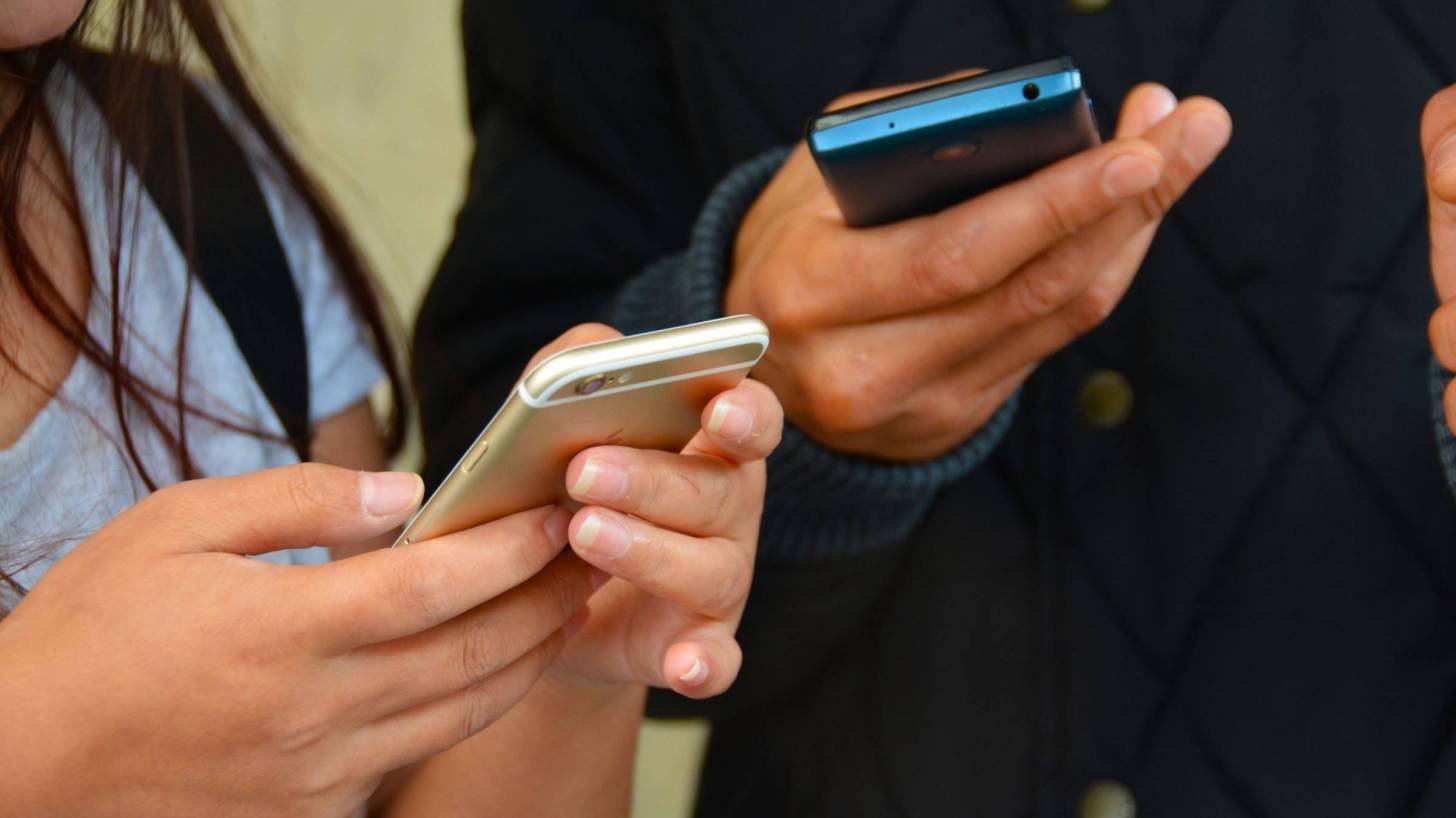Tracking COVID-19’s Stealthy Spread is Challenging

‘As our nation looks with hope toward controlling the coronavirus 2019 disease (COVID-19) pandemic, researchers are forging ahead with efforts to develop and implement strategies to prevent future outbreaks,’ said the NIH’s Director Dr. Francis Collins.
His new blog posted on April 23, 2020, said ‘Several new studies indicate that containing SARS-CoV-2—the novel coronavirus that causes COVID-19—will involve many complex challenges, not the least of which is figuring out ways to use testing technologies to our best advantage in the battle against this stealthy foe.’
Excerpts from his posting are inserted below:
The 1st thing that testing may help us do is to identify those SARS-CoV-2-infected individuals who have no symptoms, but who are still capable of transmitting the virus.
- These individuals, along with their ‘close contacts’, will need to be quarantined rapidly to protect others.
- These kinds of tests detect viral material and generally analyze cells collected via nasal or throat swabs.
The 2nd way we can use testing is to identify individuals who’ve already been infected with SARS-CoV-2, but who didn’t get seriously ill and can no longer transmit the virus to others.
- These individuals may now be protected against future infections, and, consequently, maybe in a good position to care for people with COVID-19 or who are vulnerable to the infection.
Such tests use blood samples to detect antibodies, which are blood proteins that our immune systems produce to attack viruses and other foreign invaders.
A new study, published in Nature Medicine, models what testing of asymptomatic individuals with active SARS-CoV-2 infections may mean for future containment efforts.
This model, which also factored in patients’ subjective recollections of when they felt poorly, indicates:
- On average, patients became infectious 2.3 days before the onset of symptoms.
- Their highest level of potential viral spreading likely peaked hours before their symptoms appeared.
- Patients became rapidly less infectious within a week, although the virus likely remains in the body for some time.
The researchers then turned to data from a separate, previously published study, which documented the timing of 77 person-to-person transmissions of SARS-CoV-2.
Comparing the two data sets, the researchers estimated that 44 percent of SARS-CoV-2 transmissions occur before people get sick.
Based on this 2-part model, the researchers warned that traditional containment strategies (testing only of people with symptoms, contact tracing, quarantine) will face a stiff challenge keeping up with COVID-19.
Indeed, they estimated that if more than 30 percent of new infections come from people who are asymptomatic, and they aren’t tested and found positive until 2 or 3 days later, public health officials will need to track down more than 90 percent of their close contacts and get them quarantined quickly to contain the virus.
The researchers also suggested alternate strategies for curbing SARS-CoV-2 transmission fueled by people who are initially asymptomatic.
One possibility is digital-contact-tracing.
It involves creating large networks of people who’ve agreed to install a special tracing app on their smartphones.
If a phone user tests positive for COVID-19, everyone with the app who happened to have come in close contact with that person would be alerted anonymously and advised to shelter at home.
The NIH has a team that’s exploring various ways to carry out digital tracing while still protecting personal privacy.
The private sector also has been exploring technological solutions, with Apple and Google recently announcing a partnership.
Of course, all these approaches depend upon widespread access to point-of-care testing that can give rapid results.
The second crucial piece of the containment puzzle is identifying those individuals who’ve already been infected by SARS-CoV-2, many unknowingly, but who are no longer infectious.
Early results from an ongoing study on residents in Los Angeles County indicated that approximately 4.1 percent tested positive for antibodies against SARS-CoV-2.
That figure is much higher than expected based on the county’s number of known COVID-19 cases but jibes with preliminary findings from a different research group that conducted antibody testing on residents of Santa Clara County, CA.
Still, it’s important to keep in mind it’s possible some of these results might represent false positives—perhaps caused by antibodies to some other less serious coronavirus that’s been in the human population for a while.
More work needs to be done to sort this out.
In fact, the NIH’s National Institute of Allergy and Infectious Diseases (NIAID), which is our lead institute for infectious disease research, recently launched a study to help gauge how many adults in the U. S. with no confirmed history of a SARS-CoV-2 infection have antibodies to the virus.
There’s still an enormous amount to learn about this major public health threat.
In fact, NIAID just released its strategic plan for COVID-19 to outline its research priorities.
Take a look, concluded Dr. Collins’s blog.
COVID-19 pandemic news published by CoronavirusToday.


.jpg)

.jpg)



.jpg)

.jpg)








.jpg)


.jpg)


